Ray the Artist: The Sketches of Satyajit Ray
Subscribe to read full article
This section is for paid subscribers only. Our subscription is only $37/- for one full year.
You get unlimited access to all paid section and features on the website with this subscription.
Not ready for a full subscription?
You can access this article for $2, and have it saved to your account for one year.
Satyajit Ray not only revolutionized Indian cinema, he also introduced graphic design in India, before anyone in the country knew what design truly meant.
It was with Pather Panchali that Satyajit Ray first grabbed international attention, but it was designing the cover and creating the illustrations for an abridged children’s edition of Pather Panchali, titled Aam Antir Bhepu, that inspired his first film. This was in the early 1940s and Ray was at the time a junior visual artist for D.J. Keymer, a British advertising firm. His renown as a filmmaker overshadowed his rich and equally brilliant work as a graphic designer.
At DJ, Ray created campaigns for a range of consumer products – hair oil, biscuits, cigarettes – while also designing book covers and jackets. Before this, Indian audiences had not been exposed to book designs and ads with Indian motifs.
The following are a few sketches drawn for storyboards by Satyajit Ray for Hirok Rajar Deshe (1980). There are also handwritten notations and songs for the soundtrack. One can spot the sketches and costume designs of characters from the film that have gone on to become iconic.
.jpeg/WhatsApp%20Image%202020-04-22%20at%207_30_36%20PM%20(1)__292x480.jpeg)
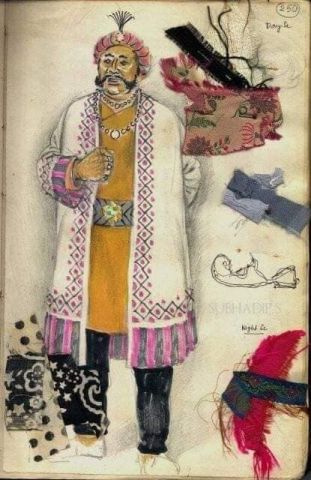
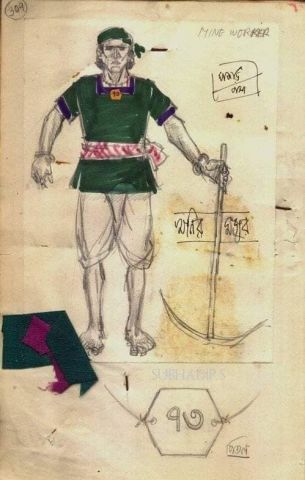


.jpeg/WhatsApp%20Image%202020-04-22%20at%207_30_31%20PM%20(1)__315x480.jpeg)
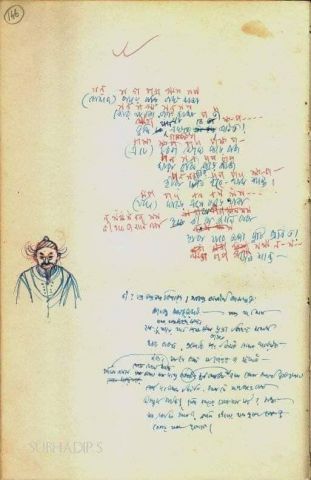
.jpeg/WhatsApp%20Image%202020-04-22%20at%207_30_32%20PM%20(1)__311x480.jpeg)
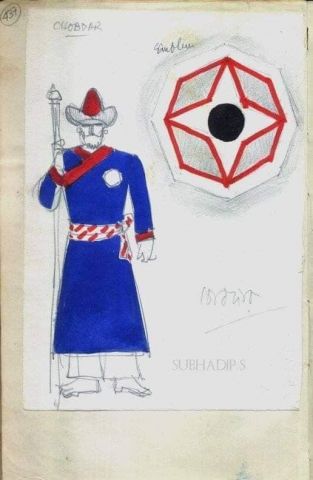
.jpeg/WhatsApp%20Image%202020-04-22%20at%207_30_33%20PM%20(1)__301x480.jpeg)
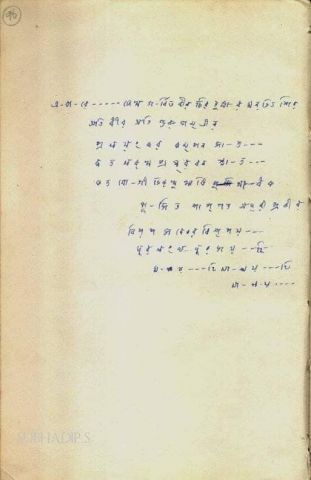

.jpeg/WhatsApp%20Image%202020-04-22%20at%207_30_34%20PM%20(1)__309x480.jpeg)

.jpeg/WhatsApp%20Image%202020-04-22%20at%207_30_24%20PM%20(1)__304x480.jpeg)
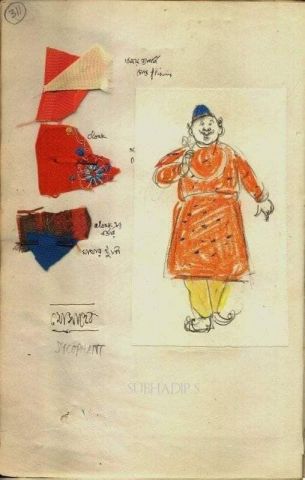

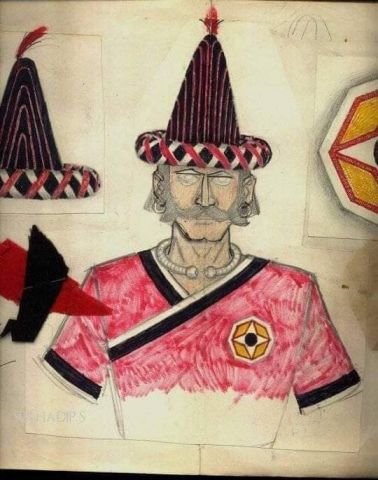


.jpeg/WhatsApp%20Image%202020-04-22%20at%207_30_28%20PM%20(1)__313x480.jpeg)
.jpeg/WhatsApp%20Image%202020-04-22%20at%207_30_29%20PM%20(1)__318x480.jpeg)
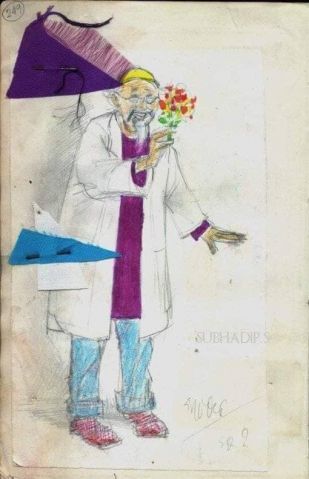
The images have been collected and collated from the public domain by Cinemaazi.
Tags
About the Author
Shantanu Ray Chaudhuri is either an 'accidental' editor who strayed into publishing from a career in finance and accounts or an 'accidental' finance person who found his calling in publishing. He studied commerce and after about a decade in finance and accounts, he left it for good. He did a course in film, television and journalism from the Xavier's Institute of Mass Communication, Mumbai, after which he launched a film magazine of his own called Lights Camera Action. As executive editor at HarperCollins Publishers India, he helped launch what came to be regarded as the go-to cinema, music and culture list in Indian publishing. Books commissioned and edited by him have won the National Award for Best Book on Cinema and the MAMI (Mumbai Academy of Moving Images) Award for Best Writing on Cinema. He also commissioned and edited some of India's leading authors like Gulzar, Manu Joseph, Kiran Nagarkar, Arun Shourie and worked out co-pub arrangements with the Society for the Preservation of Satyajit Ray Archives, apart from publishing a number of first-time authors in cinema whose books went on to become best-sellers. In 2017, he was named Editor of the Year by the apex publishing body, Publishing Next. He has been a regular contributor to Anupama Chopra's online magazine Film Companion. He is also a published author, with two books to his credit: Whims – A Book of Poems (published by Writers Workshop) and Icons from Bollywood (published by Penguin Books).



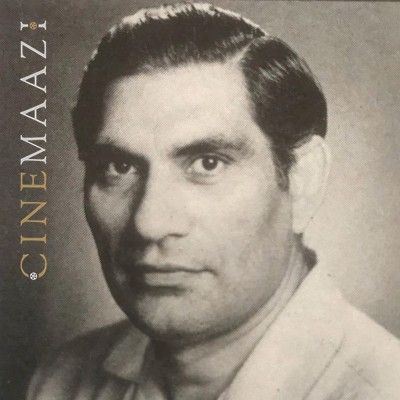
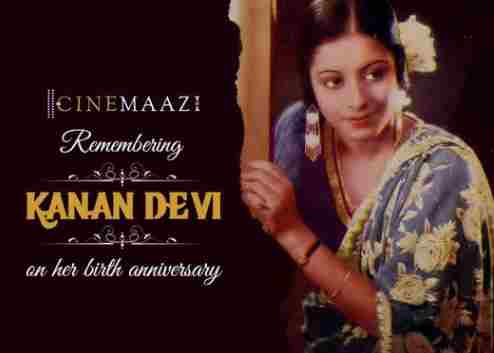

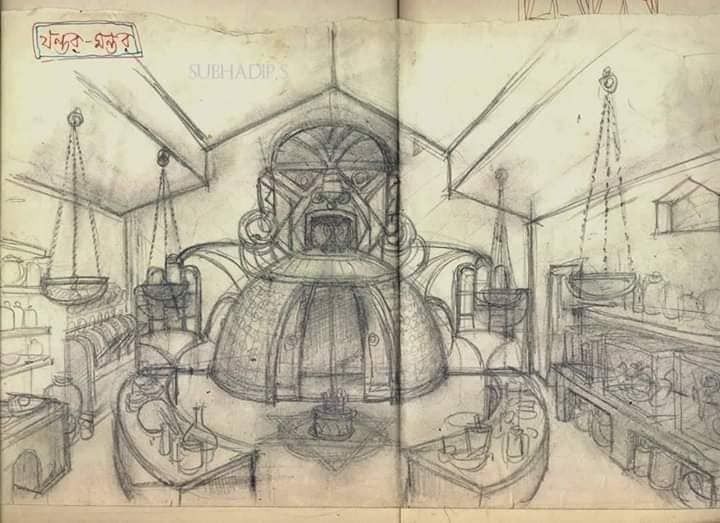
.jpg)


